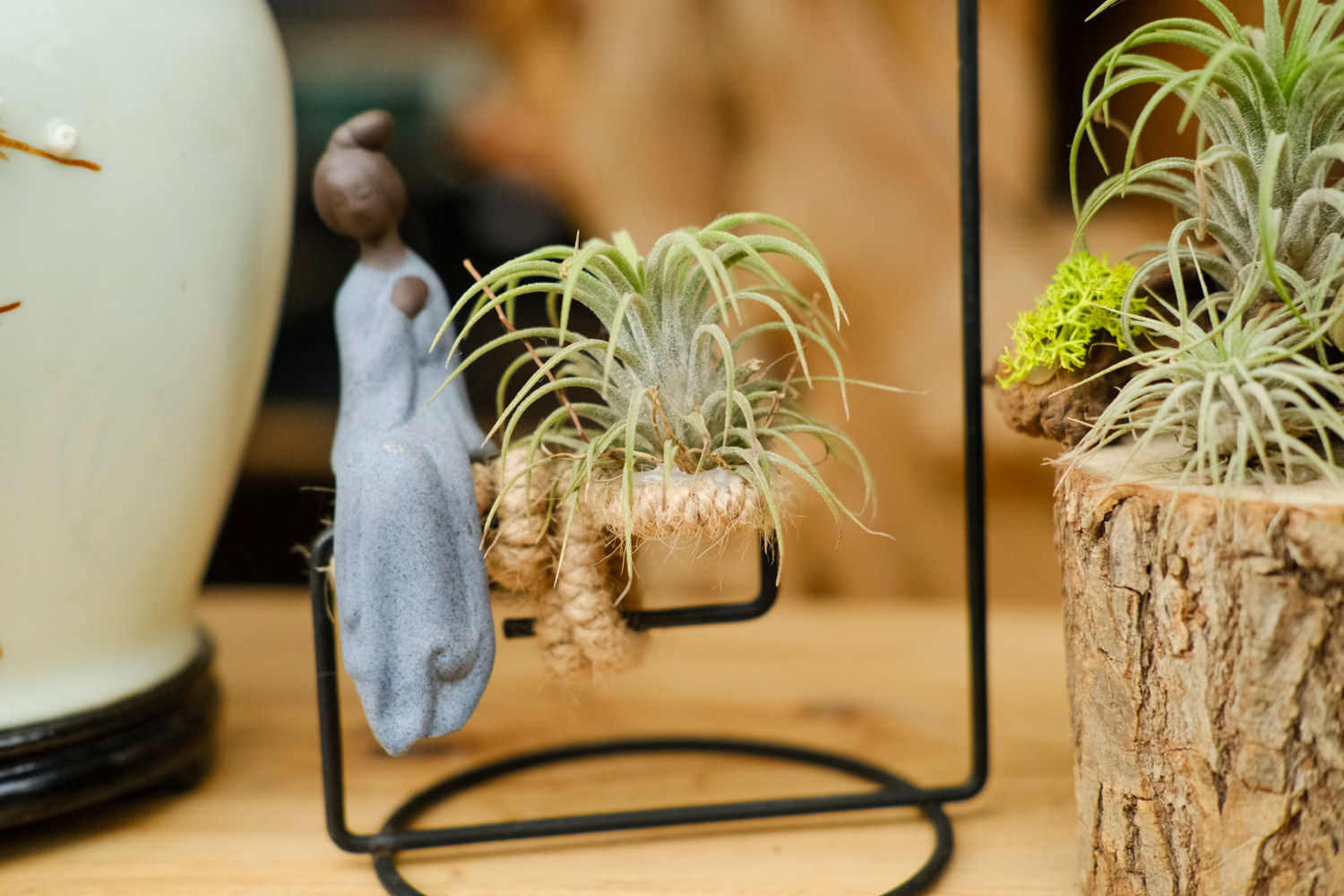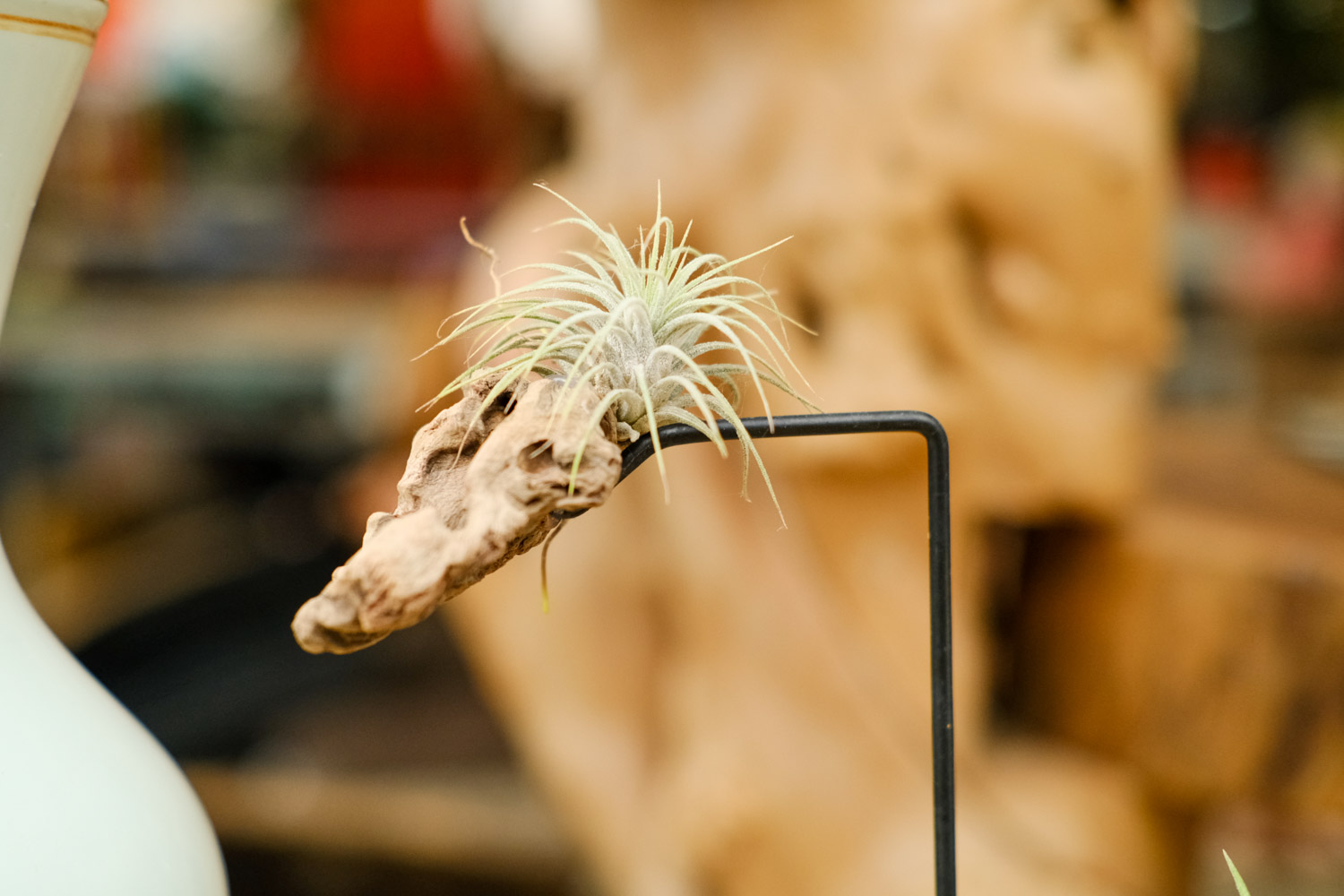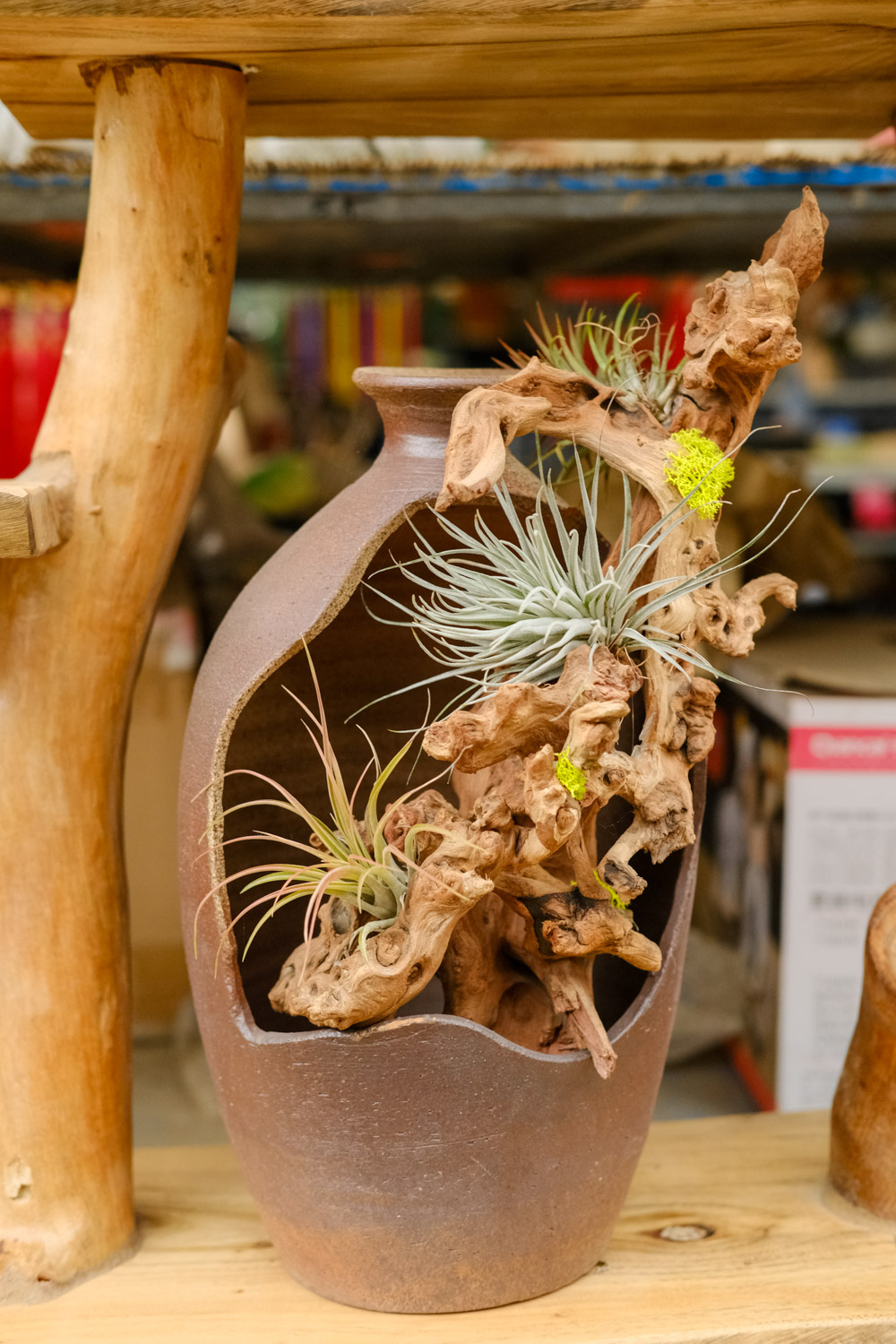1. Breeding environment
(1) Temperature: the most suitable is 15 to 25 degrees. In winter, it needs to be above five degrees to ensure safe winter. In summer, if the temperature is higher than 25 ℃, strengthen ventilation and humidity
(2) Water: indoor plants are generally watered once or twice a week. In addition to watering, plants have high requirements for air humidity, and water spraying is very important. Usually two or three times a week, once a day in case of drought. Be careful not to leave too much water in the heart of the leaf, which is easy to rot
(3) Light: different varieties have different requirements. Gray leaves need strong light, and green leaves have good negative resistance. Indoor cultivation is best placed in a bright place
(4) Fertilization: potassium dihydrogen phosphate plus urea can be used, mixed with enough water as fertilizer, once a week. However, fertilization needs to be suspended in winter and flowering

2. Disease control
Plants are susceptible to sunburn. The disease is easy to occur when the light is too strong and there is too much water on the leaf surface without timely evaporation. Therefore, pay attention to ventilation to accelerate water evaporation. After spraying water, do not put it in a place with too strong light

3. Pest control
The main pest is red spider, which sucks the water in the leaves and makes the leaves dry. Therefore, after discovery, it is necessary to spray the targeted agent and appropriately increase the humidity


 how many times do yo...
how many times do yo... how many planted tre...
how many planted tre... how many pine trees ...
how many pine trees ... how many pecan trees...
how many pecan trees... how many plants comp...
how many plants comp... how many plants can ...
how many plants can ... how many plants and ...
how many plants and ... how many pepper plan...
how many pepper plan...



























